Properties that come with a Lease and How to Work Around it
A couple years ago, I sold a home with tentants living there, with months to go on the lease. There were so many questions around how it worked, so I thought I would share. Here is what to do you do when you buy a home that has a tenant carrying a lease.
When a property is bought or sold, if there are any leased fixtures such as propane tanks or leased items of any nature on the property, they need to be taken into account in the transaction. Depending on the lease, the new owner may need to assume the agreement. Although there are a number of different types of leases out there, here is an overview of some of the most common leases buyers will come across and remember that every area and every property is different:
Leased Fixtures – Items on the property may be leased by a company or from a company. For example, a propane tank may be leased by the owner from the company who is providing the propane. There may be a monthly fee to lease the tank and the homeowner is likely required to acquire propane from that company. In the case of solar panels, there are different types of leases – in some cases, the homeowner has leased the solar panels from a company. In other cases, the power company essentially is leasing the roof space to install the solar panels and retain any excess electricity that is generated. Generally speaking, any leased fixtures are identified in the purchase agreement by the seller.
Leased Land – Sometimes, a homeowner has leased a portion of their land out to another party for a specific activity. For example, in rural areas, portions of land may be leased to others for farming. Other leases may be for signage or billboard placement. Leases may even extend to adjoining landowners for things such as parking. It is important to note that a lease is not the same thing as an easement. Easements generally represent rights to a property and are usually listed on title, as opposed to a lease which may simply represent a type of exclusive use (which is usually what a lease entails). Leases usually identify a specific period of time and often a monetary amount for that exclusivity.
Another situation one may encounter when buying a home, condo, or even manufactured home is one in which the buyer is purchasing a structure, but it is located on land that is leased. This can be problematic when the lease is up. Often leases are renegotiated or extended, but if they aren’t, the structure would need to be moved to have any value for the owner. This is a whole separate topic that I would be happy to cover with you in more depth if you have questions.
Leased Property – Finally, there may be a tenant who is occupying a structure on the property through a lease. This might include a tenant living in an accessory dwelling unit or half a duplex or someone who is leasing an amount of square footage in a garage or shop for the purposes of fixing their car. A tenant may even by occupying a portion of a building for commercial purposes. As you can imagine, each of these leases may vary in terms of payment or structure.
The key to knowing whether you need to honor the leases or if you can renegotiate or cancel as soon as you purchase is to look for the language, “property is subject to lease” – meaning the lease must stay in place. Always obtain copies of any leases before moving forward with a purchase. If you have questions as a homeowner who has a lease in place and wonder what this means for selling or are considering leasing part of your property, please give me a call.
